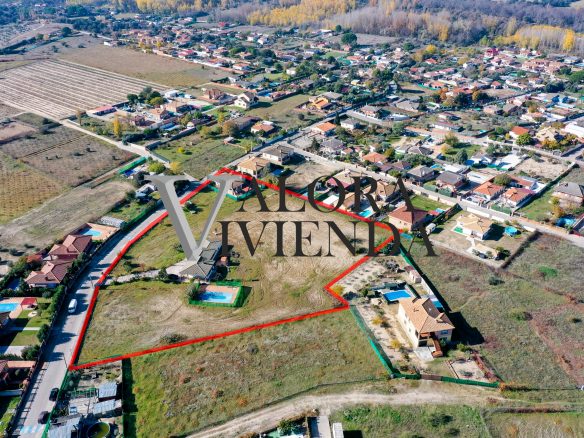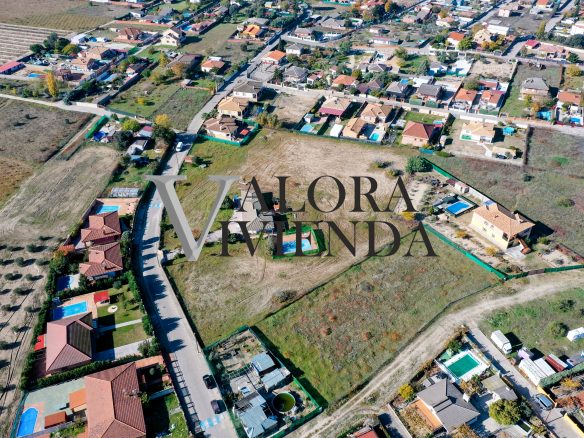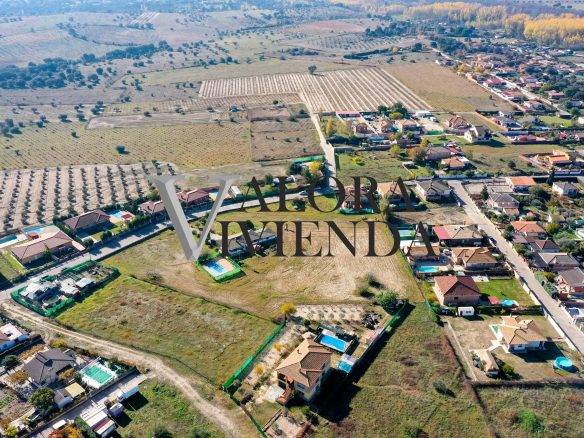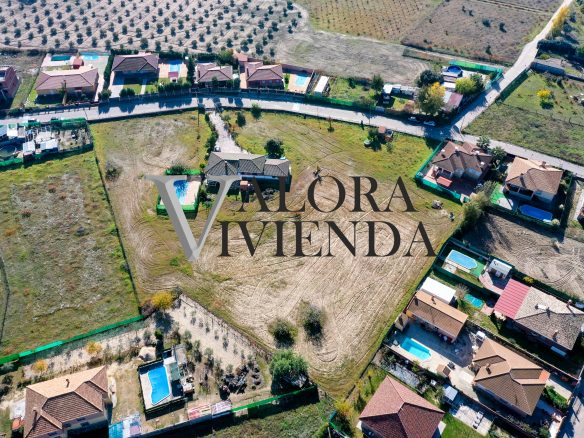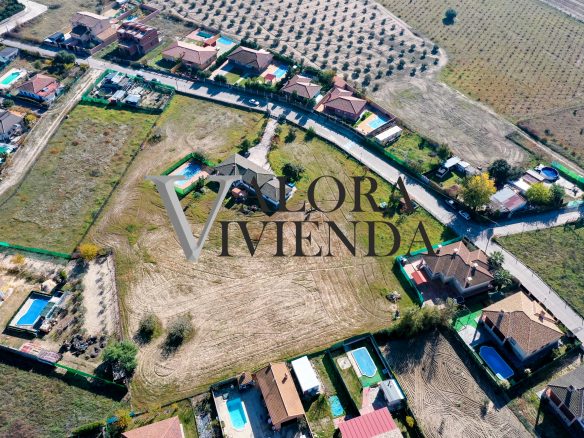Neighborhood
• Autonomous community . Castilla la Mancha • Province . Toledo • Country Spain
At the beginning of the 15th century, the residents of the old town of La Higuera del Campo began to abandon it due to unhealthy problems and, a short distance away, the nucleus they call Hormigos was formed. The choice of the place is possible that it was due to the proximity of an important cattle ravine and two fords in the Alberche. In the middle of the 16th century the town was called Hormigos and La Higuera del Campo.
It belonged to the ducal lordship of Escalona, its two parishes depending on the archpriesthood of that town. In 1749 it acquired the title of Villa, and at the end of that century La Higuera del Campo was depopulated, although the hermitage and the lush fig tree to which it owed its name and from which the people kept the leaves to cure their diseases were still standing. .
In the mid-nineteenth century it had 70 houses and the municipal budget amounted to 4000 reales. Its production was based on wheat, barley, rye and oil; sheep, pigs, 24 pairs of oxen and 15 of mules were kept.2
At present its economy is based on agriculture, with large areas dedicated to the cultivation of vines, and livestock, with the municipality having several farms.
Two large urbanizations on the banks of the Alberche River, have given life to the town today, Fuente Romero and Soto Alberche, which began as weekend residences and currently have a large number of people registered in the municipality.






